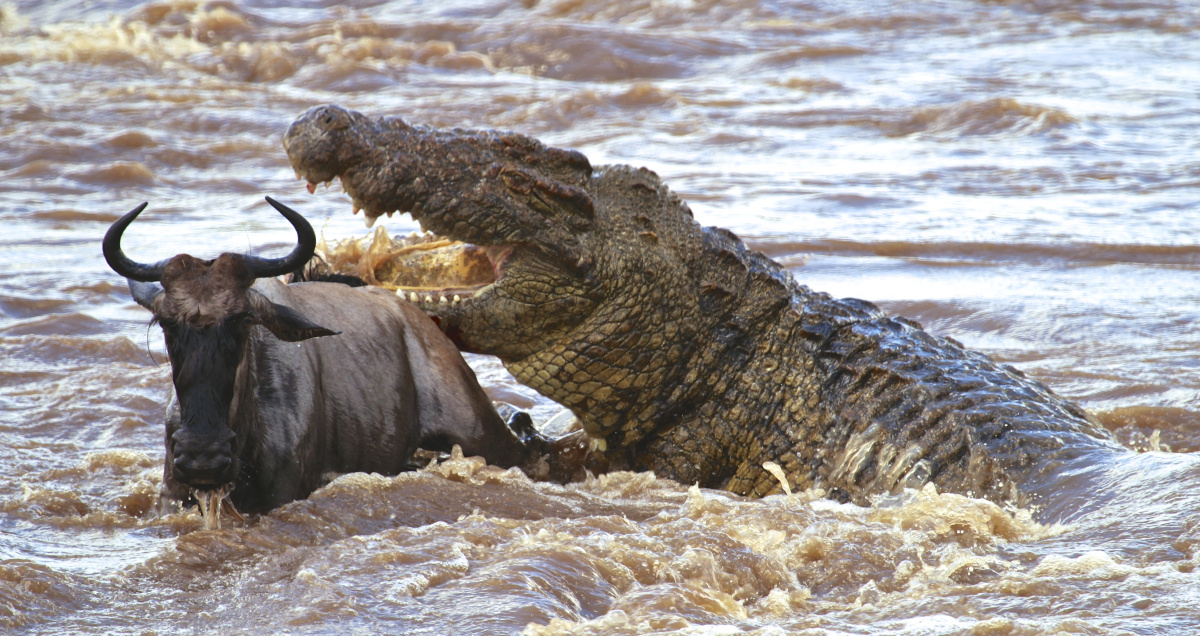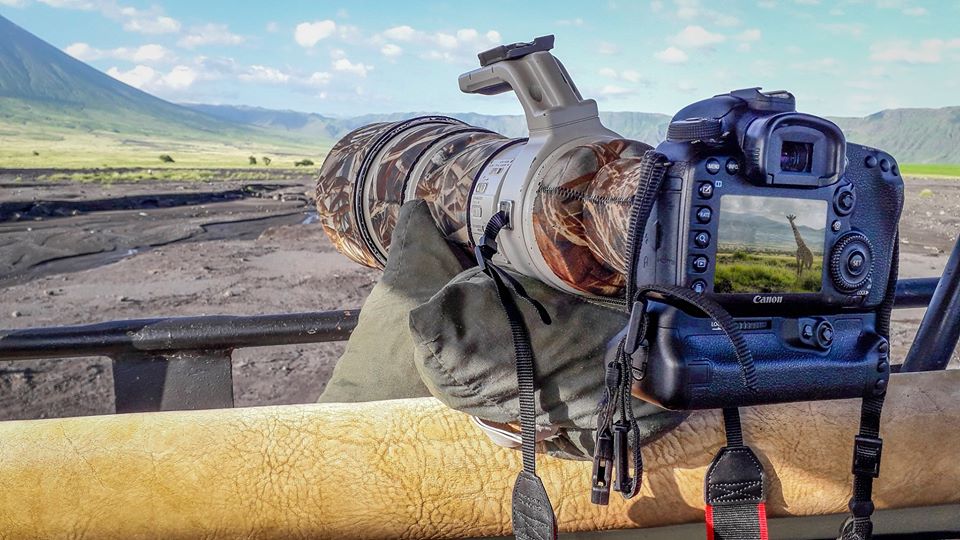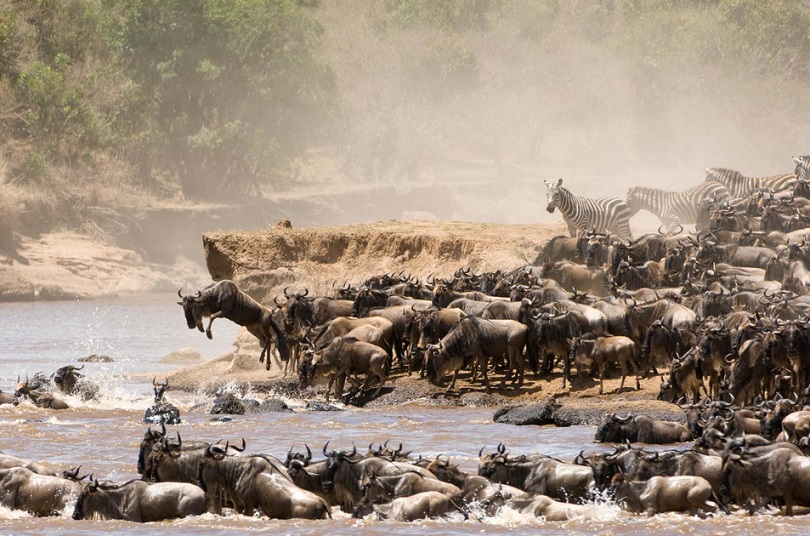New Attractions in Tanzania
Discover Tanzania’s New National Parks and Unique Attractions
A trip to Tanzania is undoubtedly one that will leave a lasting impression on your heart. The country’s commitment to the conservation of its natural resources and unique attractions has made it the world’s second-largest tourist destination. In a move to further protect Africa’s wildlife and expand its tourism offering, the Tanzanian government has recently unveiled six new national parks in the southern and western parts of the country. This is a significant step toward preserving Africa’s rich natural heritage.
Tanzania currently boasts 16 national parks, two of which are the largest in East Africa: Ruaha National Park and Nyerere National Park (formerly the Selous Game Reserve). These parks are well-known for their biodiversity and conservation efforts. However, the new national parks offer even more to discover.
The New National Parks
Tanzania’s newly established parks include Ugalla River National Park (formerly Ugalla Game Reserve), Kigosi National Park, and the Moyogosi Game Reserve. Other new additions include Burigi-Chato, Ibanda Kyerwa, Rumanyika-Karagwe, and the former Selous Game Reserve, which is now rebranded as Nyerere National Park. These parks are poised to play a vital role in both conservation and tourism.
Calabash Adventures: Supporting the Western Tanzania Experience
At Calabash Adventures Ltd, we are committed to bringing tourists to these new and exciting regions of Tanzania. We provide a wide range of services, including accommodation, transportation, and expert guidance, ensuring a seamless and enriching experience in these newly designated national parks. We focus on offering customized tours, allowing our guests to explore these lesser-known, yet equally magnificent, parts of Tanzania.
We aim to offer tourists the chance to discover the natural beauty and diverse wildlife in Tanzania’s emerging tourist regions. We provide a variety of activities and detailed information to make every visit unforgettable.
Expanding the Tourism Landscape
The opening of these new parks marks a strategic effort by the Tanzanian government to diversify the country’s tourism offerings and reduce the pressure on popular parks in the northern regions. By promoting tourism in the south and west, Tanzania can offer visitors new and unique attractions while easing the strain on the over-visited parks like Serengeti and Ngorongoro.
Why Visit the New Parks?
The new parks offer remarkable landscapes and wildlife that are often found nowhere else. These areas feature diverse ecosystems, including savannah, miombo forests, wetlands, and river systems that are home to a variety of species. For instance, the western parks are situated in the Malagarasi Basin, where the Malagarasi River flows into Lake Tanganyika. This region is known for its stunning scenery, including picturesque views of the lake, as well as a range of activities like fishing, canoeing, and boat trips.
Among these new areas, Mahale National Park stands out as the only park that borders Lake Tanganyika. It is home to a variety of wildlife, including elephants, leopards, lions, and chimpanzees, all coexisting in this unique environment. The sunsets over Lake Tanganyika provide a breathtaking view that you won’t find anywhere else in Tanzania.
Lake Tanganyika, the second deepest lake in the world and Africa’s longest adds to the allure of this region. With its diverse aquatic life and over 750 bird species, this area is a paradise for nature lovers, divers, and bird watchers.
Infrastructure Improvements to Support Tourism
To support tourism in these new regions, the Tanzanian government is investing heavily in infrastructure development. Road networks and access routes to national parks are being upgraded, and new airports are being constructed to improve accessibility. As part of these efforts, the government is also enhancing security measures in these parks, making them safer and more enjoyable for tourists.
Nyerere National Park: A Transformational Development
The construction of the hydroelectric dam in the Stigler’s Gorge area, within Nyerere National Park, will undoubtedly change the landscape of the park. However, this development could also provide opportunities for sustainable tourism, such as improved boat tours and fishing activities in the region. Nyerere National Park continues to play a critical role in wildlife conservation and offers tourists a chance to explore an untouched and tranquil environment.
Explore Southern and Western Tanzania
Beyond the new parks, southern and western Tanzania is home to other spectacular attractions, including Katavi National Park, Gombe Stream, Kalambo Falls, and Rukwa Game Reserve. These areas, while less visited, offer visitors a chance to experience cycling tourism, cultural tourism, night game drives, and much more.
The parks in the southern and western regions of Tanzania feature a unique landscape that combines African savannah, wetlands, and forests. Many of the rivers in this area are slow-moving, which supports high fish stocks, including catfish and other species found in African rivers.
Challenges and Opportunities
While southern and western Tanzania offers unparalleled natural beauty, these areas face challenges in terms of infrastructure and accessibility. The large size of these parks means they currently receive fewer visitors, which is a plus for those seeking a quieter, more private safari experience. However, the limited infrastructure and accommodation options can make travel difficult for tourists.
That said, there is great potential in these regions. The expansion of hotels and lodges tailored to tourists’ needs will help increase the capacity for visitors. As more people discover the charm of these underexplored areas, the demand for accommodations will likely rise, which will further benefit local communities and conservation efforts.
Conclusion
With its new national parks and emerging attractions, Tanzania is continuing to build on its legacy as one of the world’s most significant tourist destinations. By visiting less-explored areas like those in the south and west, tourists can contribute to conservation efforts, alleviate pressure on overcrowded parks, and experience Tanzania’s natural beauty in a truly unique way.
At Calabash Adventures, we are proud to be part of this exciting development. Our commitment to providing exceptional service in the new parks ensures that your safari experience will not only be memorable but also help support the long-term protection of Tanzania’s wildlife and ecosystems.









